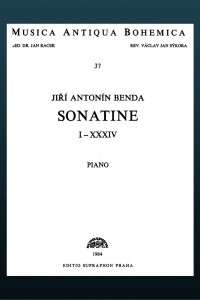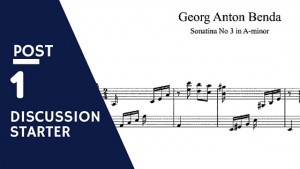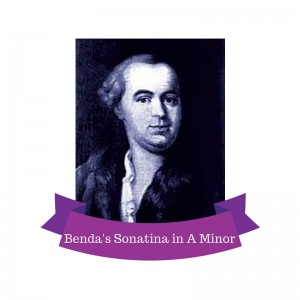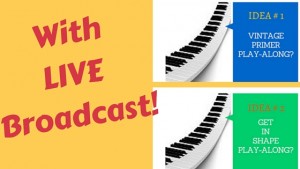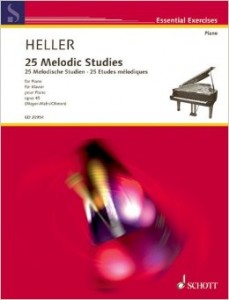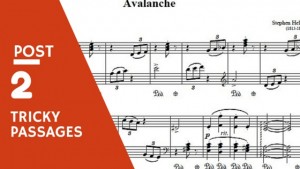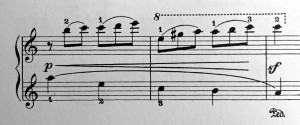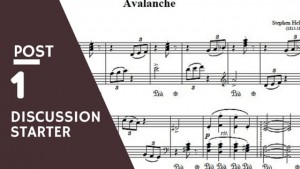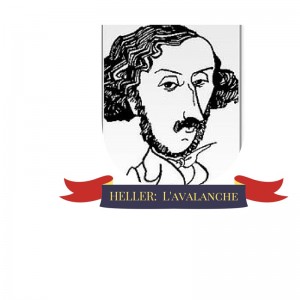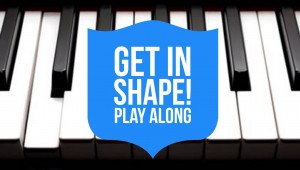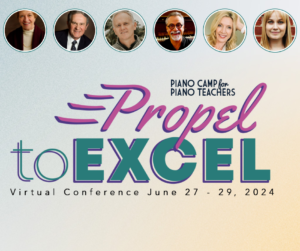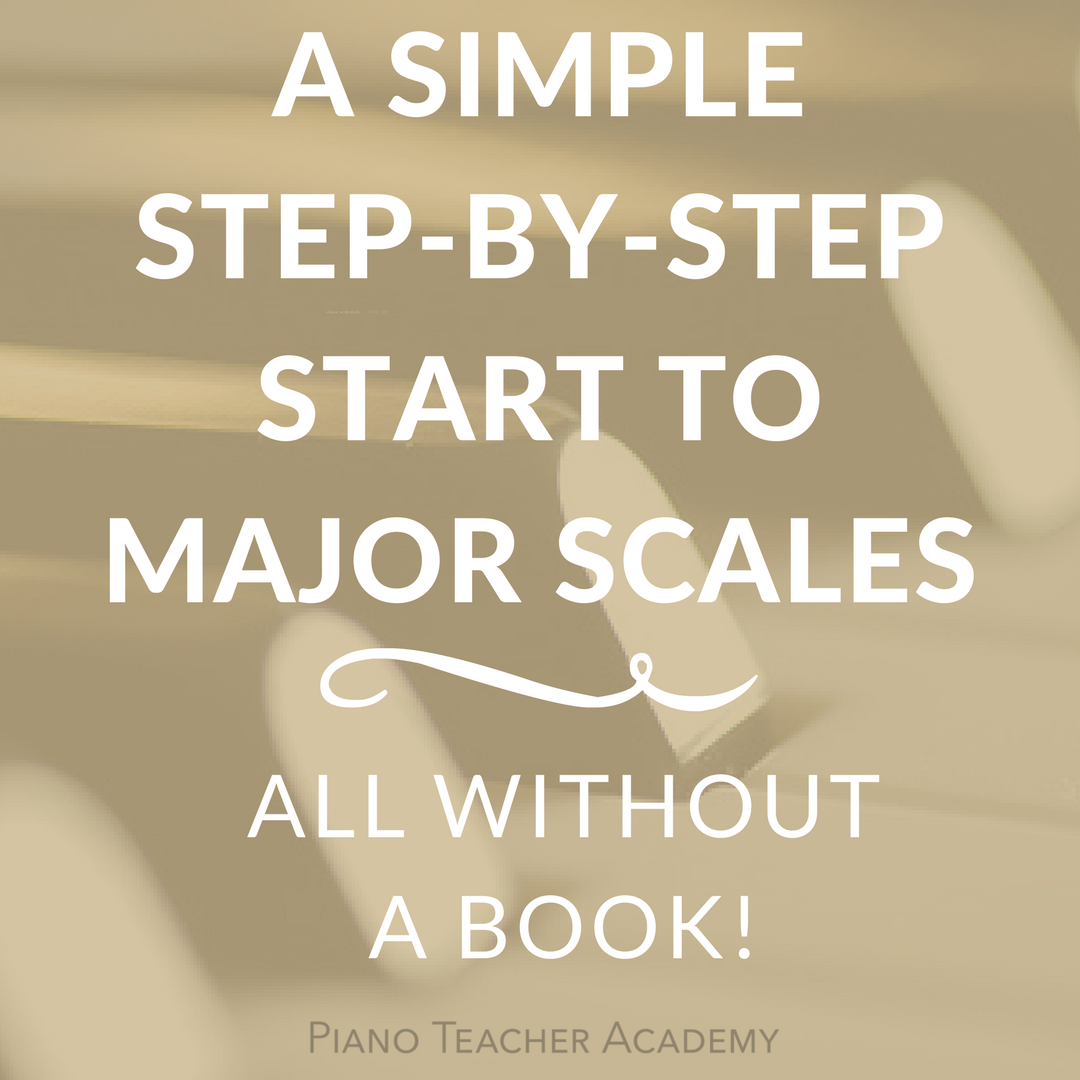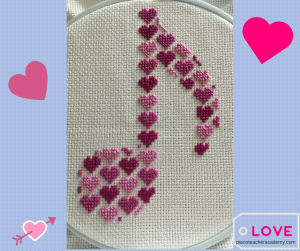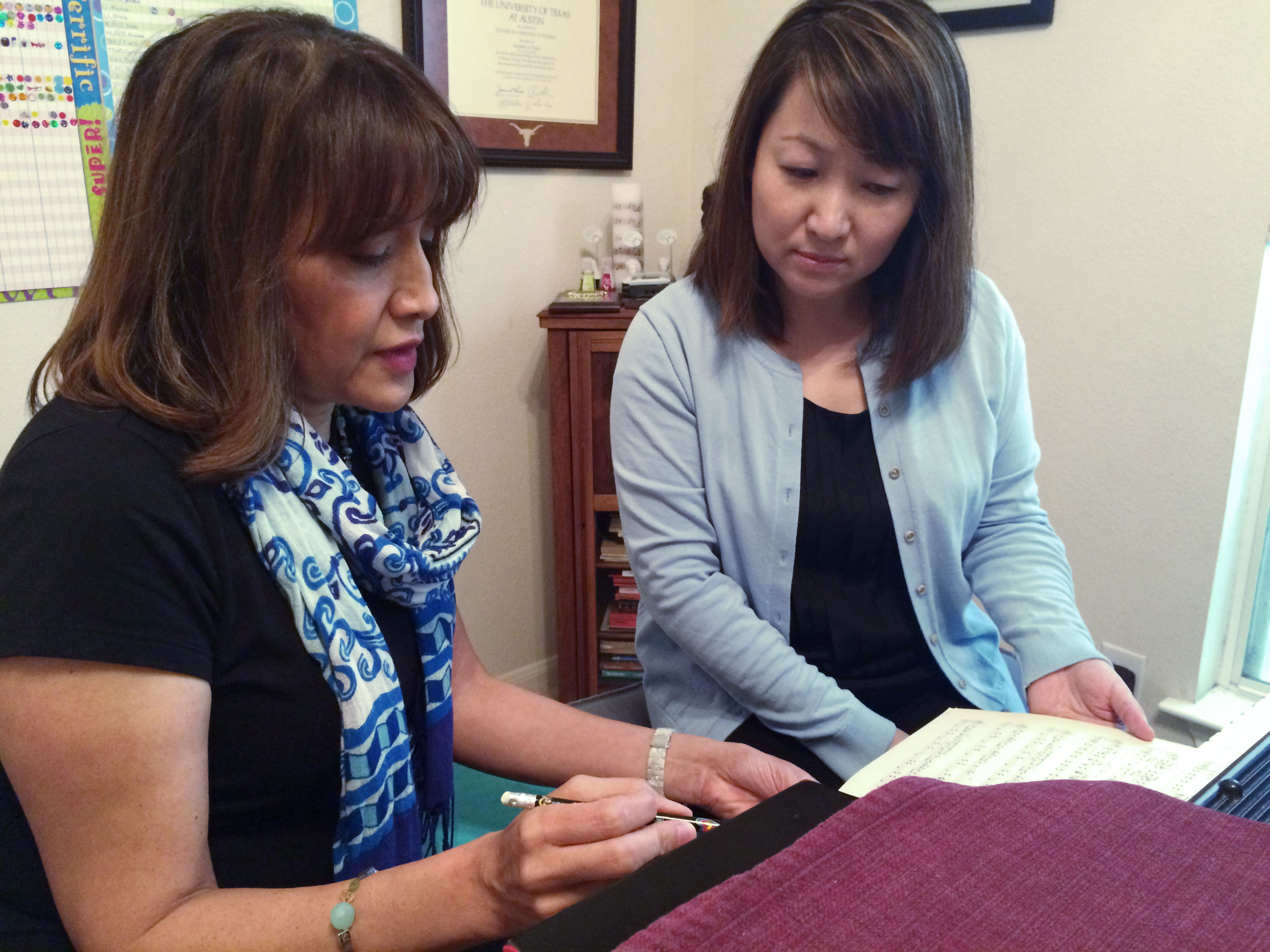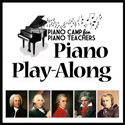Benda’s “Sonatina in A minor” Piano Play-Along: Post Two (Edition Comparison)
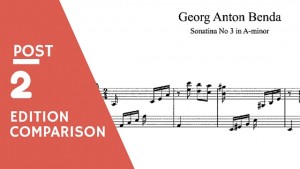
![]() Thanks to all of you who joined in on the PERISCOPE this past Monday morning, Sept. 28. Hope you’re enjoying this method of relaying info!
Thanks to all of you who joined in on the PERISCOPE this past Monday morning, Sept. 28. Hope you’re enjoying this method of relaying info!
THE NEXT PERISCOPE will be TIPS for TRICKY PASSAGES & PRACTICE TECHNIQUES – Tuesday, Oct. 6, 10 AM
Stay tuned to INSTAGRAM for video tips!
Here’s a summary of Monday’s PERSICOPE when I compared a researched edition of the Am Sonatina with the the modern editions available to us. I shared information I found in the Supraphon edition below ( a 1984 Czech edition edited by a Dr. Jan Racek and Vaclav Jan Sykora). The editor of the Suprahon edition, Mr. Sykora, consulted a rare print of Benda’s own 18th-century publication of sonatinas to create this edition below.
I located this score at the International Music Score Library project website HERE. This website is an invaluable source to any musician looking for public domain music whether it be urtext editions, early editions, or something more scholarly than what you may own. Downloads are available to you under some conditions which are stated at the site. You should definitely refer to this site often when you question the authenticity of any score you own (for public domain music only; composers who died before 1922).
_____________________________________________________________________
STATEMENTS MADE in the SUPRAPHON PREFACE that apply to the A minor Sonatina:
- Benda was indeed friends with CPE Bach whose friendship stimulated his growth as a musician.
- The Allegro tempo indication is Benda’s own.
- The notation in our modern editions is correct, with the exception that Benda used the soprano clef instead of the treble clef. The Supraphon editors changed it to treble in their edition.
- Benda always included specific ornamentation and it should be realized according to CPE Bach’s Essay on the True Art of Playing Keyboard Instruments
(according to the editors). After all, the two were close colleagues.
- The rhythm in our modern editions is true and accurate, including the division of the hands (16ths).
- – Dynamics are almost non-existent in Benda’s original, so what you see in today’s editions is editorial. The Supraphon editors added dynamics based on the hammer action of the modern piano (i.e., areas of the piece with lots of rhythmic activity would be louder than those with little)
- Phrasing that you see in our modern editions has been added (by this I mean slur markings) to follow modern principles of interpretation. Benda used phrase marks rather haphazardly.
- Pedaling is entirely lacking in Benda’s original! What you see in our modern editions is editorial. Interesting…..
- Fingering is not mentioned in the preface, but more than likely Benda didn’t include it. In those days you were expected to know how to finger appropriately.
_____________________________________________________________________ COMPARISON of the SUPRAPHON edition vs. MODERN STUDENT EDITIONS on my desk. Get your pencils out.
PEDALING:
Note that Benda DID NOT include pedaling in any of his music according to the editors of the SUPRAPHON edition, so don’t be so inclined to strictly follow what you see in our modern editions. The editors of the SUPRAPHON included some suggestions for pedaling the 16ths for a more “modern interpretation” and perhaps this is what our modern editors have been following. In keeping with the Pre-Classical tradition, I would only add pedal for warmth and resonance in certain areas of this piece. I advocate “half-pedalling” or “dabs of pedal” in order to make the piano ring a bit more in the forte areas. The clarity of the 16ths should never be compromised or obscured. I advise “undetectable” pedaling in this piece (i.e., no obvious blurriness).
ARTICULATION:
- The staccatos you see in the modern editions are indeed Benda’s own, but note that the first 16th of the piece (RH “A”) should not be staccato as I notice in a couple of editions.
- Slurs were not written by Benda, but if so, rather haphazardly. The editors of the Supraphon editors included what you see in your scores for the most part, with a couple of minor instances in the LH. (EX: mm. 23-24 — the LH is detached). Playing the LH quarter notes in detached style throughout would be considered stylistic for the time period if you preferred to do that.
- Accents — m. 5 (F) and m. 29 (A) are the only accents included in the Supraphon edition, but the editors did not indicate if they added them or if they were Benda’s.
- The leggiero indication in m. 17 — added by the Supraphon editors, but no mention of whether it’s Benda’s. But it’s a good idea given the texture and the toccata style of this piece.
DYNAMICS:
Benda did not include any in his original, including hairpin cresc. or dim. marks. The editors of the Supraphon edition included the following suggestions based on what keyboardists may have performed on early pianos (or harpsichords) of the time.
mm. 1 – 16 (A section): All forte
m. 17 – piano
m. 23 – crescendo toward m. 25 — forte
m. 33 – piano
mm. 35-36, 39-40 – swells (cresc., then dim.)
m. 41 – piano
m. 44 – forte
* I generally agree with the editor’s suggested dynamics based on the texture and the performance practice of the time. You certainly could add hairpin cresc. and dim. marks to certain areas of 16ths to create more melodic shape. Nothing wrong with making your 16ths sound melodic on the piano, right?
ORNAMENTATION: The only ornament Benda included is the trill in m. 42. Since the sonatina is from the Pre-Classical period, it’s best to follow the practice of the time and perform the trill as a 4-note trill (E-D#-E-D#).
_____________________________________________________________________ Hope this revelation into the Supraphone edition helped. Please feel free to comment BELOW with any other questions you might have about your score.
See you TUESDAY, OCT. 6, 2015 at 10am CENTRAL TIME on PERISCOPE! (find me @pianoprof)
